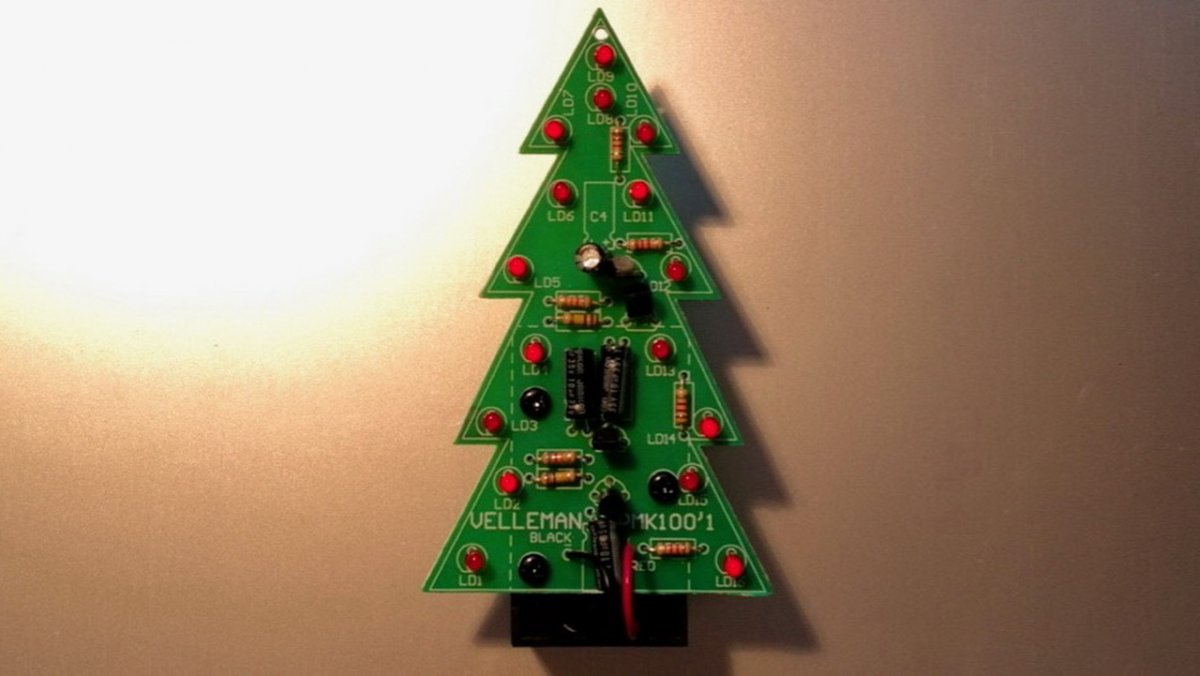Smart Home: openHAB 3 brings a fresh structure for the control console
Source: Heise.de added 22nd Dec 2020Every year the openHAB community releases a fresh release shortly before Christmas, and this year there is a new main version in the advent calendar. The 3.0 release brings some changes to the architecture including a uniform user interface and thus ends the balancing act between the purely code-based control of openHAB 1.x and the UI of openHAB 2.x.
The release finally cuts off the 1.x braid and dispenses with the compatibility layer integrated in version 2. This means that openHAB only knows one uniform concept of bindings. In the course of the changeover, however, the community implemented numerous new 1.x bindings to ensure the smoothest possible changeover. A table on GitHub shows which add-ons have been migrated accordingly.
Semantic models openHAB brings with it a new user interface that is more contemporary on the one hand and can be adapted for different user groups and devices on the other. A basic concept is semantic modeling, in which the semantic tags introduced in version 2 but rarely used in the old release serve as the basis for describing the smart home.
The new user interface from openHAB with the semantically oriented description.
(Image: openHAB.org)
At the technical level, so-called things represent devices with their sensors and actuators. As an abstraction, openHAB offers the concept of items as an understandable description of the unit. The semantic model tutorial lists as an example that the device zwave: 1231242: node 12: switch becomes a “living room lamp”.
Each item has the four properties of location, equipment, point and property, which in turn are interconnected. The former describes the place as living room, and the equipment contains information about the associated equipment, including battery, remote control or motion detector. Point describes the type or function such as alarm or measuring device, and property contains the associated information or the measured or controlled value, e.g. the temperature.
Items contain four basic items in the semantic model Properties that are related to each other.
(Image: oepnHAB.org)
With version 3, semantic modeling is the recommended approach for creating and managing smart homes -Components with openHAB.
Pages and blocks New is also the concept of individual pages for interaction with the smart home. The respective pages can be designed as maps, floor plans or diagrams, for example, in order to cut them to fit the respective application.
The individual pages can be adapted to the Design the intended purpose differently.
(Image: openHAB.org)
In the course of the alignment, there is only one uniform rule engine, which is used in its own Domain Specific Language (DSL) Rules written by openHAB integrated in the user interface. In addition, rules can now also be created in JavaScript, Groovy and the Java implementation of Python Jython, formerly known as JPython Developed Blockly programming language, which, like the Scratch language developed by MIT, enables code to be built in a graphical environment with predefined blocks.
Scripts for smart home automation can now be created with Blockly.
(Image: openHAB.org)
Integration of outposts One of the notable innovations is that distributed architectures can now be implemented directly with the software via openHAB remote binding. A central instance controls several openHAB outposts. Until now, a distributed architecture required the use of the MQTT protocol, which is widespread in the IoT environment. In addition to an MQTT broker, the integration of the MQTT binding was required for each instance.
It is also worth mentioning that the ecosystem has grown significantly since the release of openHAB 2.5 a year ago: the GitHub repository lists 86 new add-ons since the last year.
Focus on Java 11 and openHAB 3 Under the hood, openHAB 3 relies on Java 11, while the predecessor had used Java 8. The team has also updated numerous libraries and removed methods marked as outdated (deprecated) and implemented current OSGi features.
According to the openHAB blog, the further timetable provides for minor releases every six months, so that in summer openHAB 3.1 is planned. For version 2.5.x there will only be updates to make critical bug fixes. These will also be available as 3.xy releases for the current major version.
(rme )
brands: 11 Basic Built CODE fresh New other Python RME Smart Team Unit Value media: Heise.de keywords: Console Software
Related posts
Notice: Undefined variable: all_related in /var/www/vhosts/rondea.com/httpdocs/wp-content/themes/rondea-2-0/single-article.php on line 88
Notice: Undefined variable: all_related in /var/www/vhosts/rondea.com/httpdocs/wp-content/themes/rondea-2-0/single-article.php on line 88
Related Products
Notice: Undefined variable: all_related in /var/www/vhosts/rondea.com/httpdocs/wp-content/themes/rondea-2-0/single-article.php on line 91
Warning: Invalid argument supplied for foreach() in /var/www/vhosts/rondea.com/httpdocs/wp-content/themes/rondea-2-0/single-article.php on line 91
